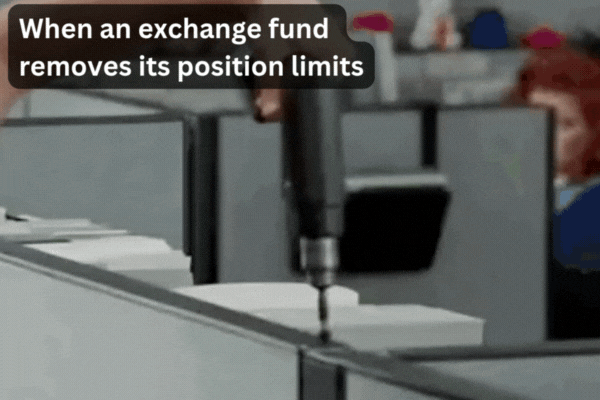How an exchange fund unblocks billions by seeding an ETF in-kind
Investors denied by incumbent exchange funds have a disruptor to consider
Note: This post is not investment, tax, or legal advice. Tax Alpha Insider independently produced it. See full disclosure at the end.
A few weeks ago, I received a cryptic email
An ETF I'm following said it would delay launching due to a “new concept” that could help investors with concentrated stock positions.


